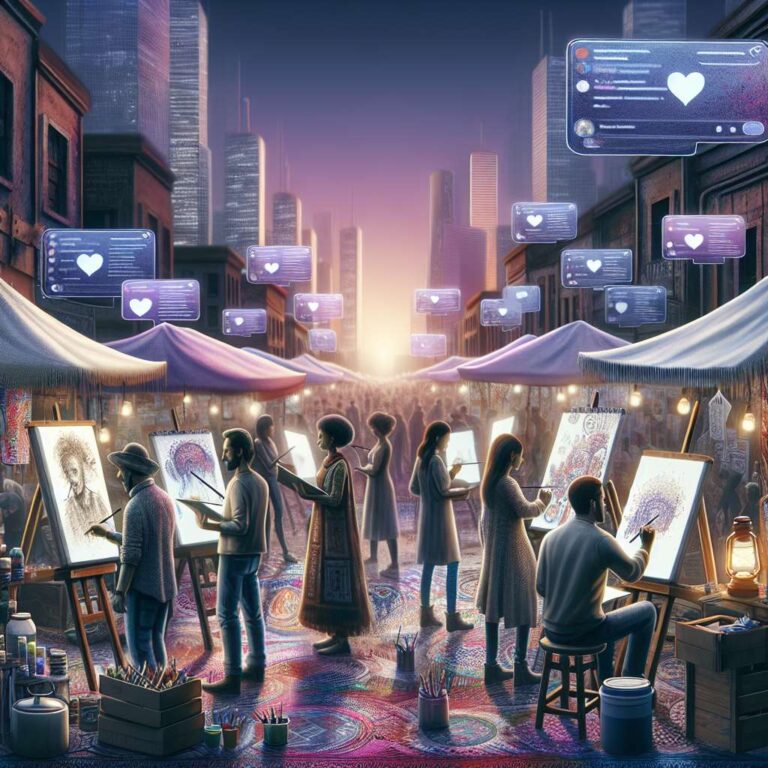The creator economy, a concept describing the two-way economic relationships between digital content creators and their audiences, has seen rapid expansion in recent years. Initially a fringe phenomenon discussed academically only sparsely around 2011, interest soared during the COVID-19 pandemic, as both participation and market value increased sharply. In 2023, the global creator economy was estimated at approximately 18.5 trillion yen, with creators leveraging platforms like YouTube and Twitch to engage audiences and monetize content through diverse means. The early days of the internet normalized free sharing of cultural content, but the launch of YouTube´s Partner Program in 2007 and subsequent opening to individual creators by 2012 sparked a flourishing ecosystem, making content creation a viable career for many.
As monetization avenues based solely on advertising began to diminish—with ad revenue per creator shrinking by 2017—platforms introduced new mechanisms such as direct tipping (Super Chat), subscriptions, merchandise, and sponsorship deals. Live streaming has been a game-changer, transforming viewers from passive consumers into active co-creators. Real-time chat, financial support through tips, and audience participation became integral, with creators´ responsiveness to their audiences shaping channel value. The boom in gaming and gameplay commentary, driven further by pandemic-related stay-at-home demand, positioned certain creators as influencers and catalyzed fierce competition among streaming platforms, including Twitch, YouTube Gaming, and Facebook Gaming. The integration of emerging technologies like VR/AR promises continued evolution and elevated collaboration between creators and their audiences.
However, the creator economy´s expansion has surfaced new challenges, most notably the proliferation of misinformation and debates over the role of platforms in managing content accuracy without infringing on free expression. Japan has responded by launching government-led initiatives to ensure sound information distribution and balance regulatory oversight with freedom of speech. Simultaneously, Artificial Intelligence innovations such as ChatGPT and generative models are reshaping creative endeavors. Cross-national research highlights significant regional differences: Japan embraces Artificial Intelligence use in content creation, the United States is more wary—placing a premium on human-made work and questioning copyright for machine-generated output—while China demonstrates strong acceptance and aggressive adoption of Artificial Intelligence, even exploring copyrights for Artificial Intelligence-generated works. These developments underline how the creator economy’s trajectory and societal implications will continue to diverge based on cultural attitudes, regulatory approaches, and the global proliferation of advanced digital tools.

